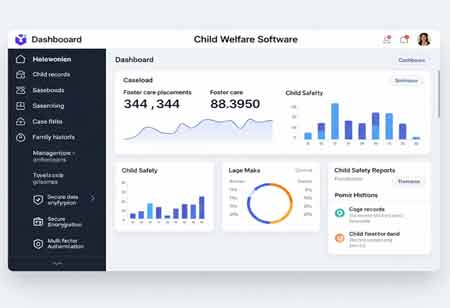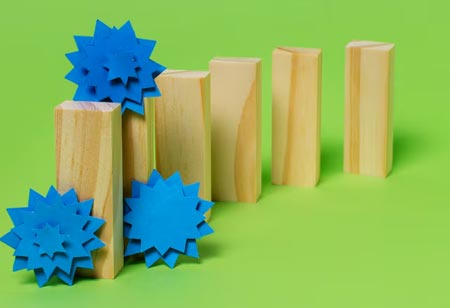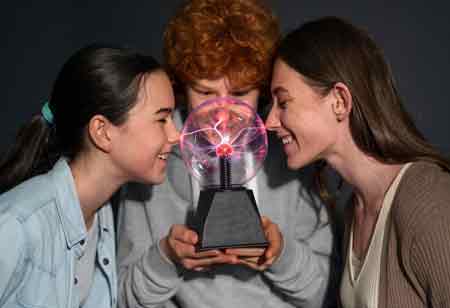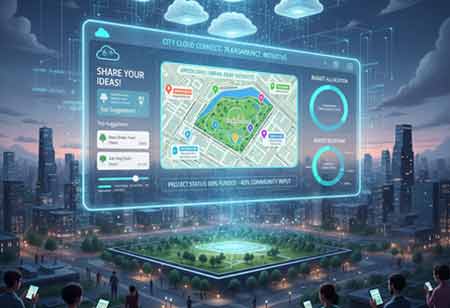THANK YOU FOR SUBSCRIBING
Be first to read the latest tech news, Industry Leader's Insights, and CIO interviews of medium and large enterprises exclusively from Gov CIO Outlook
THANK YOU FOR SUBSCRIBING

By
Government CIO Outlook | Thursday, February 01, 2024
Stay ahead of the industry with exclusive feature stories on the top companies, expert insights and the latest news delivered straight to your inbox. Subscribe today.
The latest innovations in first aid and emergency response are revolutionizing the way we respond to medical emergencies, providing faster, more efficient, and more cost-effective solutions than ever before. This article examines the modern trends and innovations in the area.
Fremont, CA: Humanitarian disasters touch millions of people daily. These crises include natural disasters, armed wars, and disease outbreaks. The emergency response aims to mitigate these circumstances to reduce the number of injuries and fatalities.
First aid, on the other hand, describes the care or attention given to a person in the spot of an accident, injury, or illness until more medical help is obtained or the individual heals. People who have received first aid training have the knowledge and abilities to assist victims until help arrives. They can save lives, stop things from worsening, and increase endurance. A medical device in your first aid kit, such as a junctional tourniquet, trauma pads, bandages, gauze pads, cold compresses, tweezers, and examination gloves, will help you be more prepared.
Notably, if the proper protocols aren't followed, first assistance can increase the hazards related to the situation. Technology can be used to better allocate resources and facilitate people's ability to request assistance.
The noteworthy developments and trends in first aid and management response are listed below:
Driverless Ambulances:
The development of autonomous ambulances has transformed automobiles into places of care. Transportation-related obstacles to healthcare are no longer an issue because of this invention. Patient arrivals to the hospital for treatment can happen more quickly and safely, thanks to driverless ambulances.
Medical Drones:
The primary application of drones is in transportation media. In distant places where automobiles take a long time, they can deliver medications and other medical supplies more quickly. For this reason, healthcare facilities use drones to provide serums, drugs, and vaccines rapidly, especially in rural places.
Drones can also give directions to first responders or the emergency response team if they are unsure how to treat victims during a crisis.
Portable Point-of-Care Diagnostic Services:
No matter where they are, first aid responders can provide medical care to patients thanks to portable diagnostic tools. Because they can identify bacteria, nucleic acids, and other indicators that affect an individual's health, mobile gadgets guarantee simple and quick treatment of patients on the spot. Furthermore, medical professionals might travel with emergency kits or suitcases filled with diagnostic and first aid supplies.
Apps Streamlining Emergency Care:
First responders can quickly contact medical attendants thanks to healthcare applications. They can monitor patients' heart rates, steps, and other biometric information. In this manner, experts at the closest hospital can communicate with first aid providers and advise on the best method to get the person out of difficulties.
AI Imaging:
First responders and disaster management teams use artificial intelligence (AI) imagery in their reactions. These tools aid in early warning systems, risk model generation, and disaster forecasting, resulting in robust populations of natural disasters. AI technologies are also utilized in catastrophe surveys to evaluate the damage and response management. They also support the verification of survivor identities and evacuation arrangements.
I agree We use cookies on this website to enhance your user experience. By clicking any link on this page you are giving your consent for us to set cookies. More info



